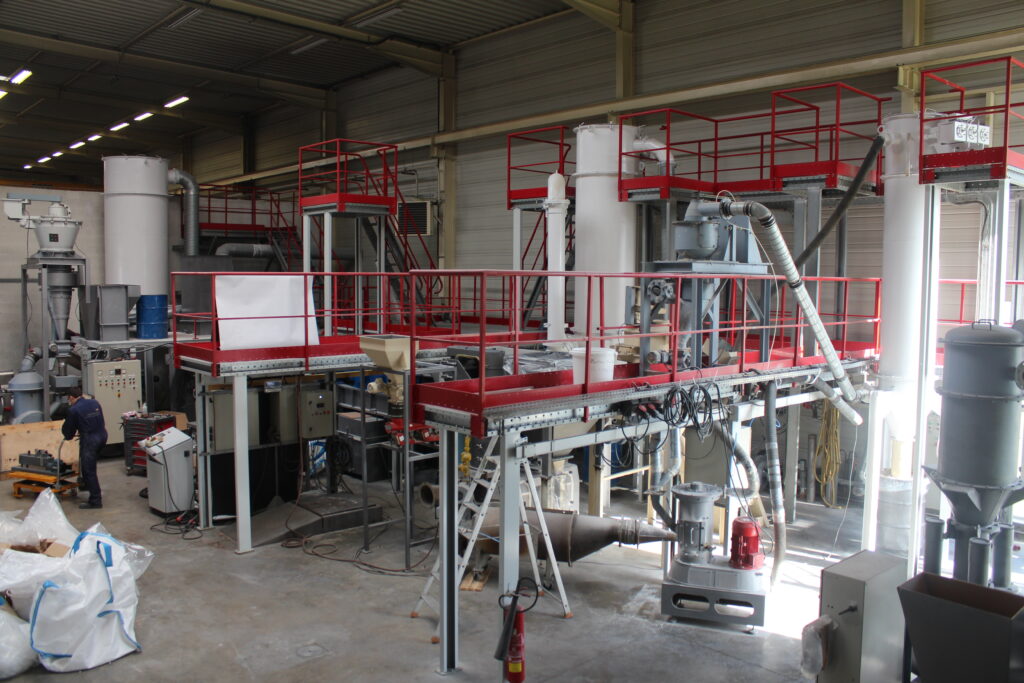The undeniable advantages of dry milling over wet milling

The undeniable advantages of dry milling over wet milling
Grinding is a crucial step in various industries such as food, chemical, mineral, pharmaceutical and cosmetics. Among the grinding methods available, dry milling stands out for its undeniable advantages over wet milling. That’s why dry milling is the preferred choice for so many industrial applications.
1. Saving energy and resources
Dry milling is renowned for its high energy efficiency. Unlike wet milling, which requires considerable water consumption, dry milling is carried out without the addition of liquids. This results in substantial water and energy savings, which is good for the environment and reduces production costs.
2. Reduce operating costs
The absence of liquids in dry milling simplifies material handling, storage and transportation processes. The elimination of the additional drying step required for powders obtained after wet milling results in significant savings in operating costs.
3. Better preservation of material characteristics
Dry milling is particularly suitable for moisture-sensitive materials, such as certain food and pharmaceutical products. By avoiding direct contact with water, dry milling better preserves material properties and quality, guaranteeing high-quality end products.
4. Absence of contamination problems
Unlike wet milling, dry milling considerably reduces the risk of cross-contamination. The physical separation of material and water reduces the chances of unwanted contamination, which is essential in industries requiring strict quality and safety standards.
5. Versatility in industrial applications
Dry milling offers remarkable versatility, as it can be used to grind a wide range of materials, including those with high moisture content. This flexibility makes it suitable for a multitude of industrial applications, making it a preferred choice for companies operating in diverse sectors.
6. Precise particle size distribution
Dry milling generally achieves a more precise particle size distribution than wet milling. This is particularly crucial in industries where uniform particle size is essential to guarantee the performance and quality of finished products.
In conclusion, dry milling clearly stands out from wet milling thanks to its undeniable advantages.
With its energy efficiency, resource savings, preservation of material characteristics, absence of contamination, versatility and precise particle size distribution, dry milling offers an optimal solution for many industries.
By opting for dry grinding, companies can not only improve their profitability and operational performance, but also meet the highest quality standards while respecting the environment.
Need help configuring your process?

Benefit from the advice of the POITTEMILL Group, experts in powder processing, drying and classification technology.
Our laboratory and testing center in France offers numerous opportunities to test machines, parameters and processes, at pilot and full scale, to ensure that your product quality and operational efficiency generate maximum return on investment for your company.

